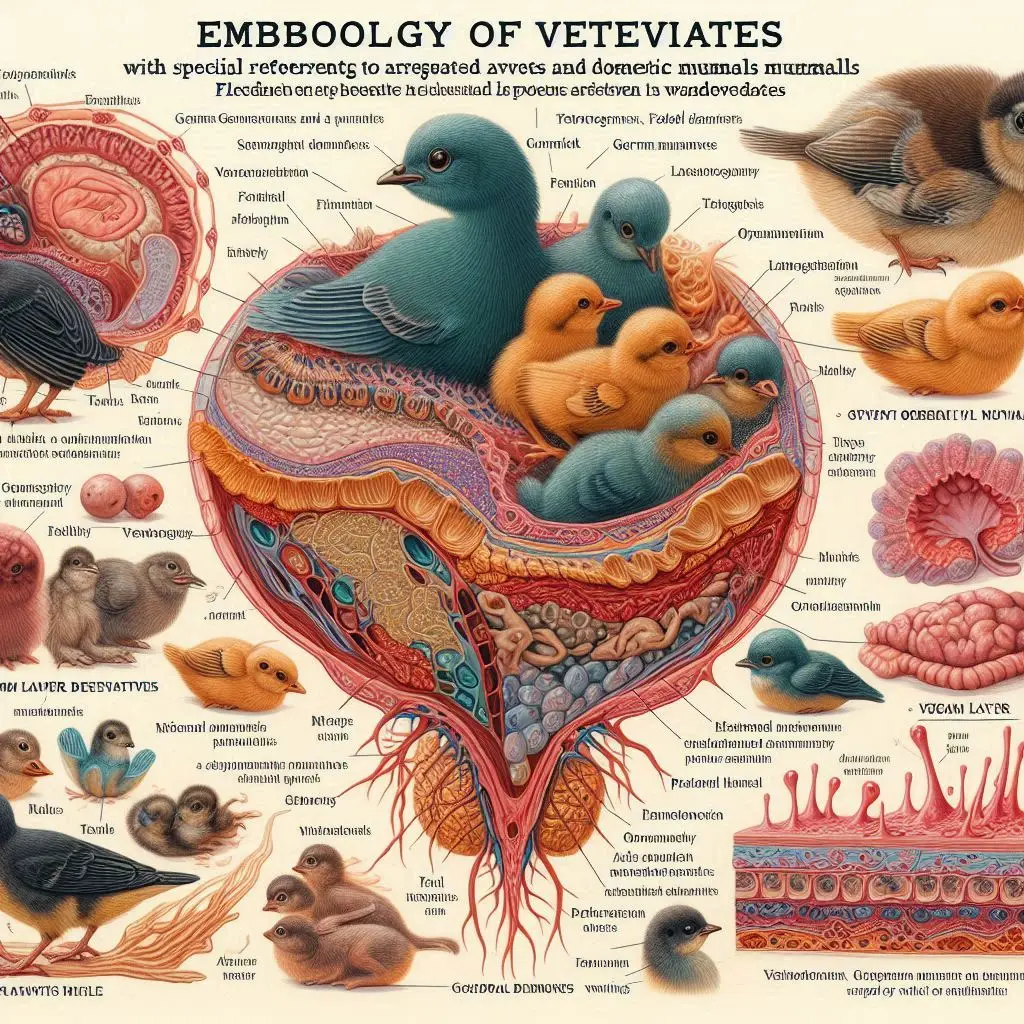Human Fertilization

Human fertilization is a captivating and complex process that marks the beginning of a new life. This remarkable journey involves the fusion of a male sperm and a female egg, leading to the formation of a zygote, which then develops into an embryo and eventually a fetus. In this comprehensive guide, we’ll delve into the fascinating details of human fertilization, exploring the crucial steps and the science behind this incredible biological process.
The Sperm’s Preparation: Capacitation
Before a sperm can fertilize an egg, it must undergo a process called capacitation. During this stage, the sperm undergoes biochemical and physiological changes that prepare it for the challenging task ahead. Capacitation enhances the sperm’s motility, allowing it to swim more efficiently, and also triggers the acrosomal reaction, which is essential for the sperm to penetrate the egg’s outer layers.
The Egg’s Release: Ovulation
Ovulation is the process by which a mature egg is released from the ovary and travels down the fallopian tube, where fertilization typically occurs. This event is carefully timed, as the egg is only viable for fertilization for about 24 hours after its release.
The Sperm’s Journey
Once ejaculated into the female reproductive tract, the sperm must navigate through several obstacles to reach the egg. The sperm must swim through the cervical mucus, which can be challenging due to its viscosity and pH changes during the menstrual cycle. The sperm then travels through the uterus and into the fallopian tube, where it encounters the egg.
The Acrosomal Reaction
As the sperm approaches the egg, it undergoes the acrosomal reaction, which is triggered by specific chemical signals from the egg. This reaction causes the sperm to release enzymes that help it break down the egg’s outer layers, known as the zona pellucida and the corona radiata.
Penetration of the Egg
Once the sperm has broken through the egg’s outer layers, it can finally fuse with the egg’s plasma membrane. This fusion triggers a series of events that prevent other sperm from entering the egg, a process known as the block to polyspermy. The egg’s cytoplasm then undergoes a series of changes that complete the fertilization process.
Zygote Formation
After the sperm and egg have fused, their nuclei combine, forming a single diploid nucleus. This newly formed cell is called a zygote, and it contains a complete set of chromosomes from both parents. The zygote then begins to divide and travel down the fallopian tube towards the uterus, where it will implant and continue its development.
Implantation
Once the zygote reaches the uterus, it must implant into the uterine lining, known as the endometrium. This process typically occurs about 6-7 days after fertilization. Implantation triggers the production of human chorionic gonadotropin (hCG), which is the hormone detected by pregnancy tests.
Conclusion
Human fertilization is a remarkable process that showcases the incredible complexity and adaptability of the human body. From the sperm’s preparation to the zygote’s implantation, each step is carefully orchestrated to ensure the successful continuation of life. By understanding the intricacies of this process, we can gain a deeper appreciation for the miracle of human reproduction and the wonders of the natural world.
For more pearls of Vets Wisdom:
https://wiseias.com/partitioning-of-food-energy-within-animals/





Responses